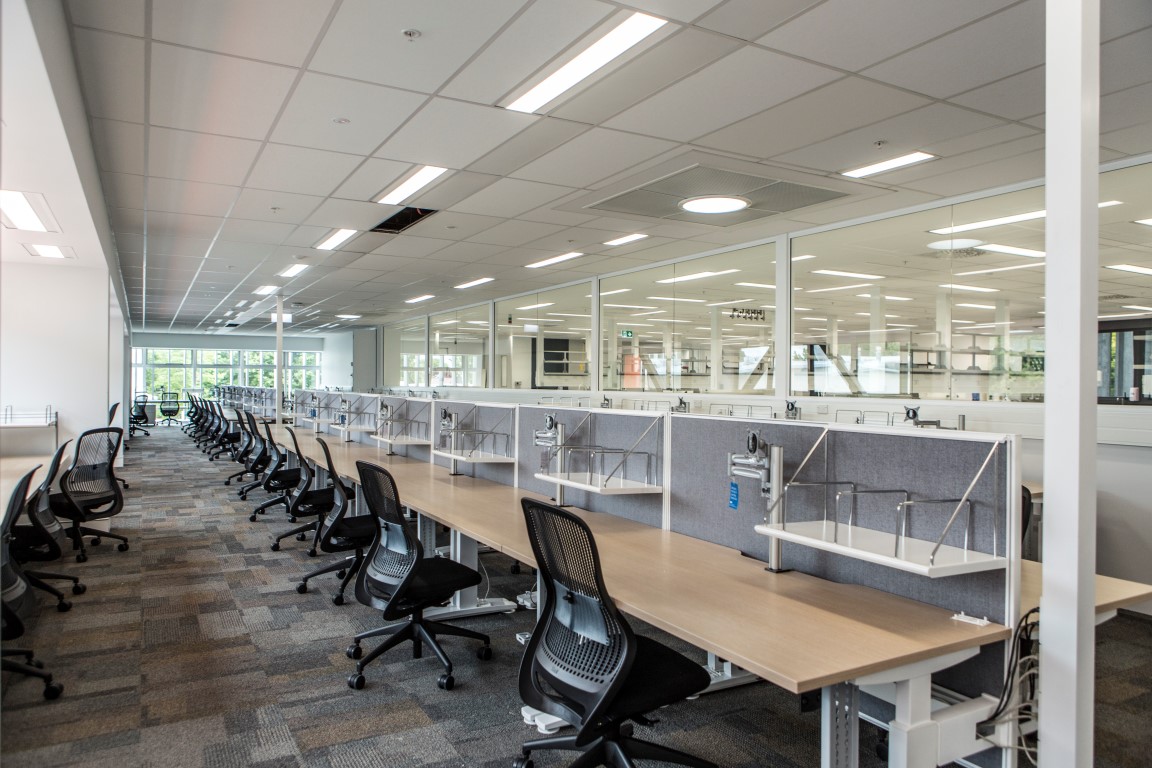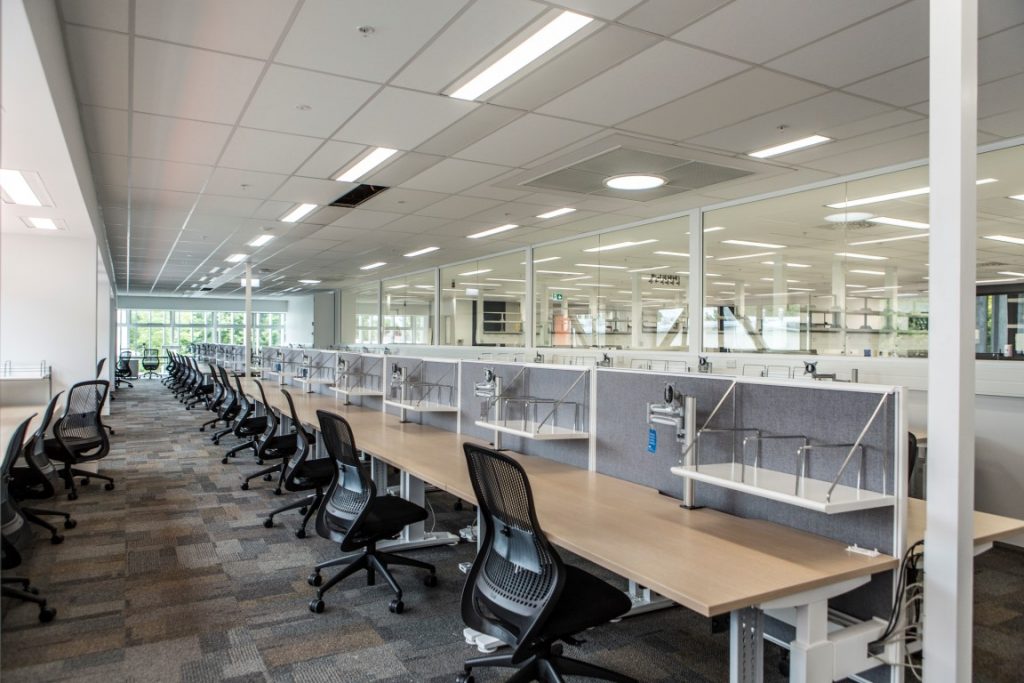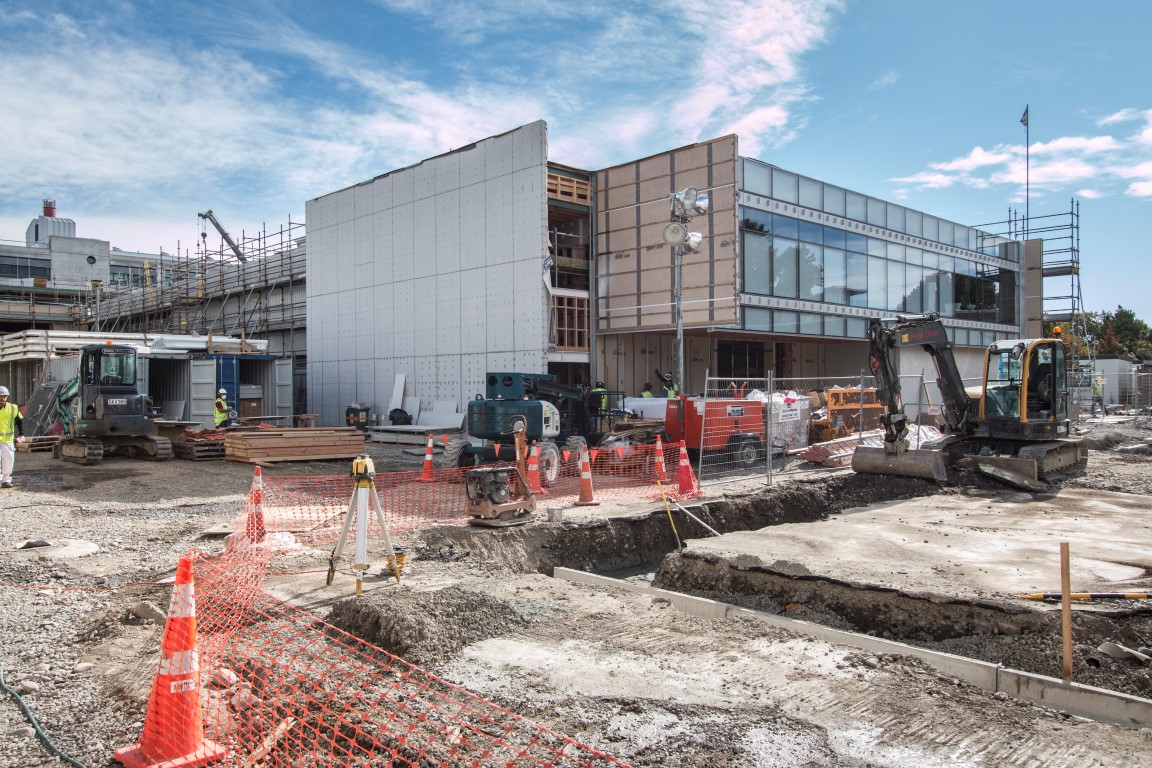

One size does not fit all
A broken market can require engagement and tendering processes than are quite different to what is expected during normal operations. But this may not be obvious to programme overseers located outside the disaster area, where business as usual conditions largely prevail.
In our case, the Crown Funding Agreement signed with Central Government anticipated a number of standard processes, including open tendering. Open tenders can be an effective means of reaching a wide supplier pool and demonstrating process control under normal public sector operating conditions. However, a complex capital works programme delivered in a post-disaster market with outcomes that are linked to organisational survival, is likely to require a more agile approach.
The process-heavy nature of standard open tendering can be expected to deter supplier participation in a market where demand for tier 1 and 2 contractors outstrips supply. But reaching an adequate pool of suppliers is only part of the story. The procurement process also needs to focus on project delivery, and procurement staff capacity will probably need to grow to keep the process moving in line with project demands.
At the time of the earthquakes, we had a mature procurement model, but it was designed for business as usual. The volume, complexity and pace of procurement required by the recovery programme challenged us to find other ways of working. In the end, we used a mix of open and closed tendering, and learned lessons in three important areas along the way:
Contracting model
Open tendering requires the purchaser to provide precise specifications, and this can be challenging for specialised buildings with significant construction durations in a shifting regulatory environment. The Early Contractor Involvement (ECI) contracting method can assist by inviting supplier participation at detailed design. This has the potential for innovative solutions and increased project ownership by suppliers. It can be more expensive up front due to the internal resourcing required during design, but, if managed well and if the contractor is retained throughout the project, it is likely to result in fewer changes during construction, and to be cheaper in the long run than dealing with contract variations.

Value vs cost
Open tendering can emphasise the lowest cost solution. In the recovery environment we found it was more important to assess project-level decisions on the basis of value. Our typical tender evaluation ratio was 70% attributes, 30% pricing.
Supplier relationships
Closed tendering helps to build relationships with suppliers. In the case of one brownfields project, we were able to engage with the same architectural firm that had designed the building originally, and this resulted in time, cost and process efficiencies. We would recommend factoring such existing relationships into supplier evaluation criteria.
Our experience shows that a single organisational procurement model is unlikely to be effective during disaster recovery. However, flexibility must be balanced with the need to demonstrate due diligence. To achieve this, we engaged an external probity auditor to provide independent scrutiny across our procurement processes. Of course, this person also needs to be flexible, and to take the circumstances into account.